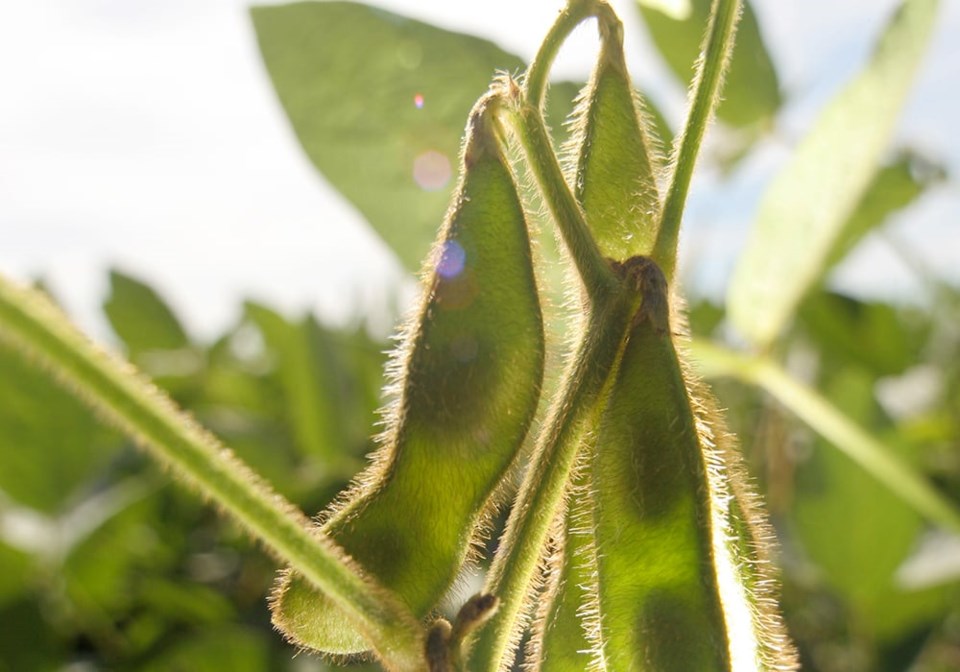As we look toward 2024-25 markets, it would be helpful to have a crystal ball to see into the future and learn who will win the American presidential election in November.
As it stands, the race is tight and the prospect of Donald Trump returning to the White House is possible.
In the world of agriculture, Trump’s first term in office was defined by his America First trade policies, which sparked a trade war with China.
Soybean trade suffered the biggest disruptions from the trade war, and canola was caught in the crossfire.
In interviews this year, Trump said if elected he would again use tariffs to force other countries to change their industrial policies and to protect and build American business.
China would be his key target again, and news reports say his campaign is considering tariffs on Chinese goods as high as a massive 60 percent.
Tariffs at a much lower level in his previous term caused trade havoc and coincided with a 24 month period, from mid-2018 to mid-2020, when soybeans saw the lowest prices since 2007.
The weakness in soybean prices washed into the canola market, depressing prices that were already suffering from Canada’s own trade woes with China, which were also linked to America’s disputes with China.
The Americans had an arrest warrant on Huawei executive Meng Wanzhou. When travelling she stopped in Vancouver, where she was detained because of the arrest warrant. A lengthy appeal of her extradition to the United States ensued and many believe Beijing showed its displeasure by blocking Canadian canola imports, although China’s official reason was a concern over quality.
American soybean exports to China in calendar year 2018 plunged to 8.2 million tonnes from 31.7 million in 2017 and 36.1 million in 2016. They only partly recovered to 22.6 million tonnes in 2019.
U.S. exporters scrambled to replace the Chinese market with other buyers, but still, total U.S. soybean exports in 2018-19 and 2019-20 were down 17 percent compared to previous years.
Canadian canola sales to China dropped sharply, but exporters were more successful finding alternative buyers in Europe and the United Arab Emirates.
In the years leading up to the trade war, about 60 percent of U.S. soybean exports went to China. That dropped to 18 percent in 2018. In recent years the trade recovered but not fully.
China now accounts for 50 to 55 percent of U.S. soybean exports.
The main agricultural beneficiary of the U.S.-China trade war was Brazil.
In 2018, Brazil’s soybean sales to China soared to 82 percent of its total exports. That was a peak, but in 2023 China still accounted for 73 percent of Brazil’s soybean exports.
The increased business with China helped Brazil cement its position as the world’s leading soybean exporter and producer. You can learn more about this in , a publication of the University of Illinois.
A partial truce was called in the trade war in early 2020 when China signed a trade agreement that included a commitment to buy more American agricultural products, including soybeans.
Trump declared the exercise a great success. Agricultural trade between the two countries did rebound, but several analysts have said China’s purchases are where they would be even without the trade agreement.
The trade war’s negative impact on American farm incomes was offset by a massive US$28 billion increase in government assistance.
The American consumer paid a heavy price. Trump’s tariff increases were widespread, targeting not just China but also Europe and Canada.
The tariffs increased the cost of imported goods that American consumers bought.
Soybean and canola markets began to recover in the second half of 2020 when China resumed in earnest imports of American soybeans and Canadian canola.
Price support also came from a number of factors.
In the late fall, the U.S. Department of Agriculture and Statistics Canada slashed their estimates of the soybean and canola crops. Traders became worried about the negative effects of the intensifying La Nina on South American crops.
Joe Biden defeated Trump at the polls and became president in January 2021.
China’s government vowed to reduce its dependence on imported soybeans, calling on its agriculture industry to find alternative livestock feeds and to increase domestic soybean production.
However, that effort bore little fruit.
In the two years before the trade war began, China imported 93 to 94 million tonnes of soybeans.
Following that, imports bounced around because of the trade war and also the shrinkage and expansion of its hog herd due to African swine fever.
But a new import record was set last year at 101 million tonnes, and this year the total could grow to 102 million.




